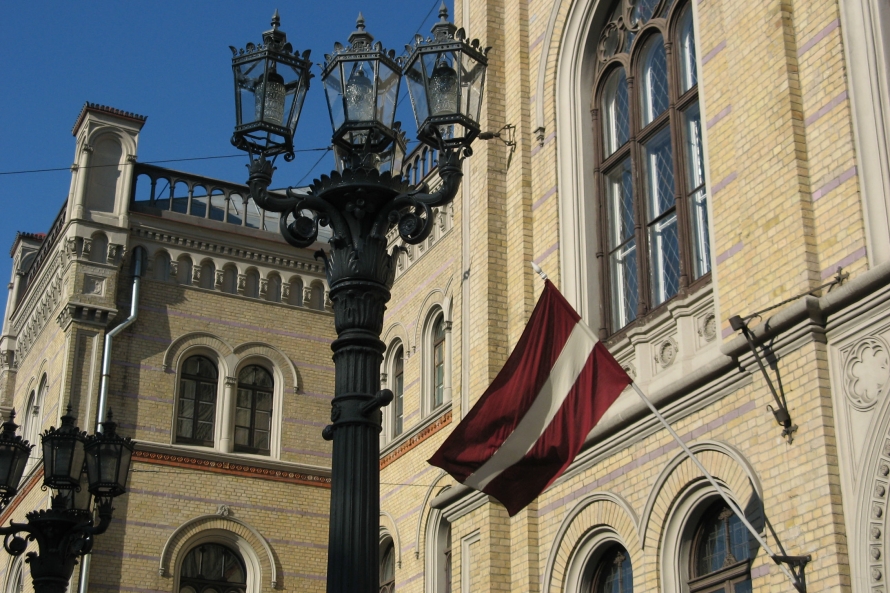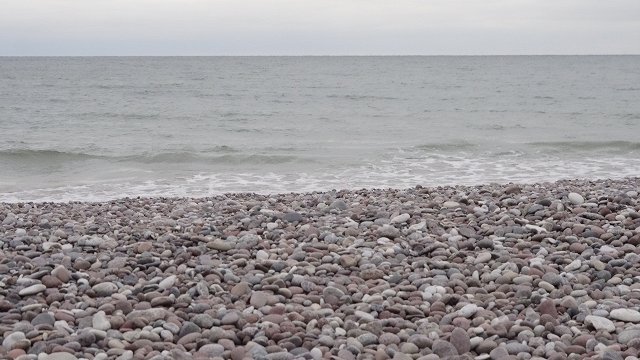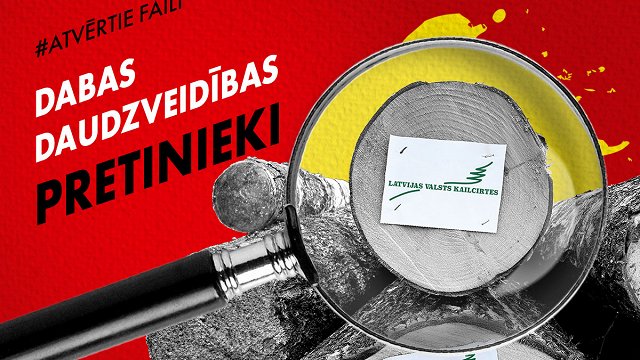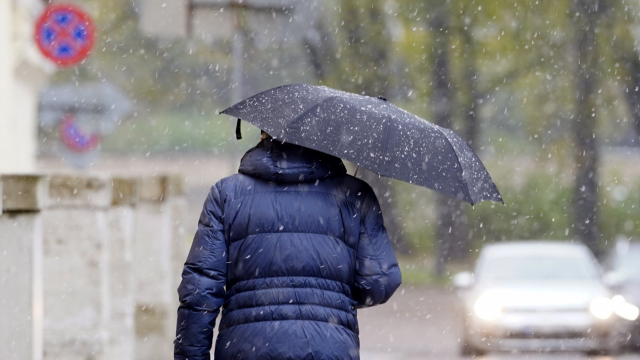Agrita Kiopa, Director of the Higher Education Department of the Education Ministry, said that the decrease in student numbers was to be expected due to the demographic rut in Latvia.
"From the 85,000 to 90,000 students now, we predict that in the near future the number will shrink to 60,000," said Kiopa.
The hard sciences are prioritized in the largely state-sponsored education system, and the ratio of hard sciences vs. soft sciences students is becoming more balanced, said Kiopa. Even though 2008 saw four times as many social, law and humanities students than the hard sciences, the ratio is closer to two now.
Some universities remain popular even though the overall number of students is sliding. Rīga Stradiņš University, a renowned medicine and social sciences institute, sees the application numbers grow each year, said Indra Treija of the university's Student Service.
Employers also want more students to study the hard sciences. For example, the joint university top created by portal Prakse.lv and the Latvian Employer's Association listed Rīga Technical University as the best university in Latvia.
But the interest in the hard sciences should be sparked at school; the number of students who choose to take the state exam in physics, for example, is just about 7%, and even less than that for chemistry.
Despite this, some remain skeptical about the state's efforts to increase the number of people studying the hard sciences.
Politics expert Ivars Ījabs suggested that the students "[..] think not about what some ministry says, but what they as individuals want to do after not only two or three, but also after 15 and 20 years, and whether it'll be interesting to them."
The universities will have to further pull their bolts in, though, as they prepare for the deepest demographic rut that'll come in three years.





























